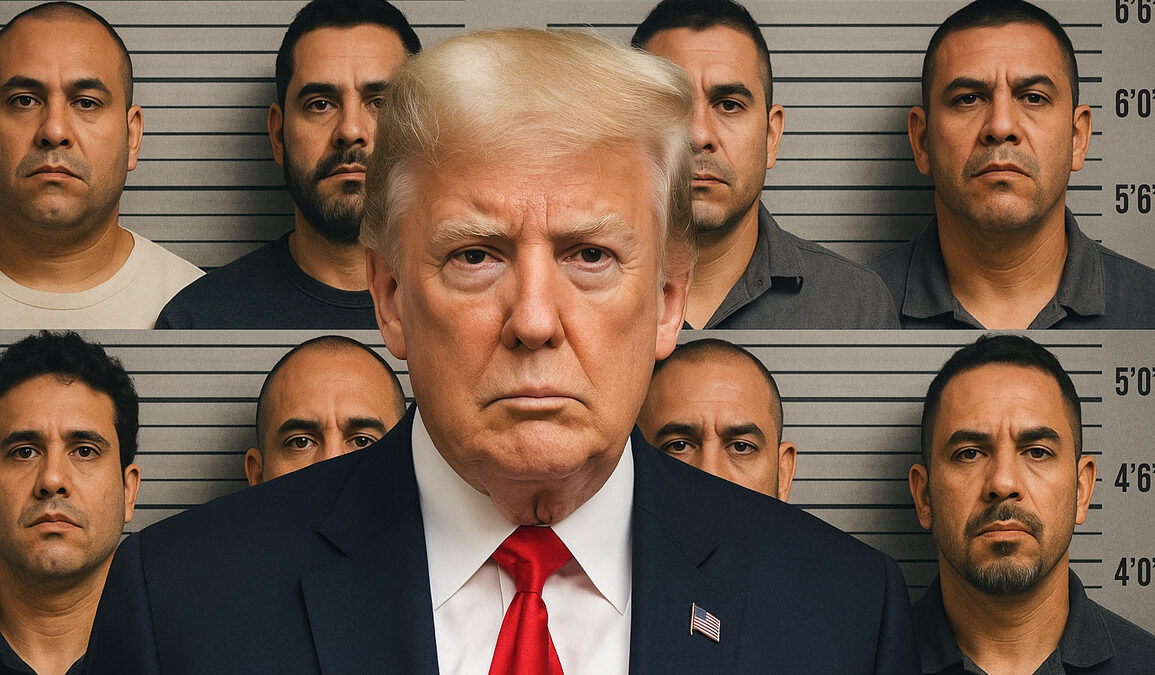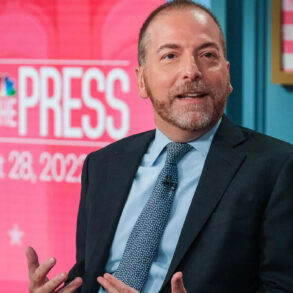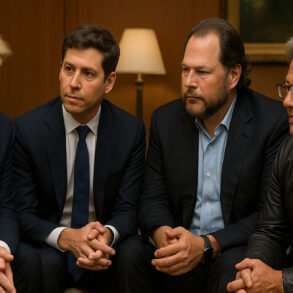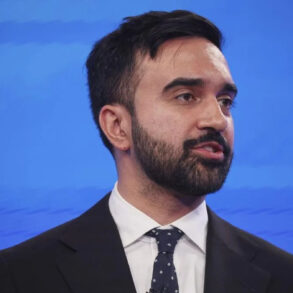President Trump is treating the fight against Latin American drug cartels like a counterterrorism mission. On January 20, 2025, he signed an executive order that set “total elimination” of cartels as U.S. policy and created a path to designate them as foreign terrorist organizations. The administration has followed with military strikes at sea, sweeping forfeiture actions, and draft legislation to harden the legal foundation for using force. The message is consistent. Trump is serious about stopping the flow of fentanyl and other drugs, and he is willing to use tools usually reserved for al Qaeda and ISIS.
What Trump Has Done and Why
The White House has framed recent actions as homeland defense. After a U.S. airstrike on a suspected drug boat, the president described those killed as three “terrorists killed in action.” He later announced additional maritime strikes, saying U.S. forces would act “at the times and places of our choosing.” In Puerto Rico, the Pentagon positioned MQ-9 drones and F-35s to support a Caribbean campaign. Trump told reporters, “We’re going to be stopping them the same way we stop the boats,” signaling that land targets could be next.
Top national security officials are echoing the shift. FBI Director Kash Patel told the Senate, “We must treat them like the al Qaedas of the world,” adding that the manhunt after 9/11 “took some years and this is going to be a yearslong mission.” Secretary of State Marco Rubio argued that routine interdiction has failed because cartels “bake it into their economics,” and said, “What will stop them is when you blow them up.” Deputy CIA Director Michael Ellis said the post-9/11 “find, fix and finish” machine will now “turn to the cartels.”
The Designation List and What These Groups Do
On February 20, 2025, the United States designated six Mexican cartels as foreign terrorist organizations. Canada issued parallel designations the same day. Here is the working picture of who they are and how they operate.
Sinaloa Cartel
Where: Sinaloa base with operations across Mexico, the United States, and globally.
Drugs: Fentanyl, methamphetamine, heroin, cocaine, marijuana.
Role: End-to-end operator from synthetic production and poppy to international trafficking and wholesale U.S. distribution.
Jalisco Nueva Generación Cartel (CJNG)
Where: Headquartered in Jalisco with nationwide presence and international reach.
Drugs: Methamphetamine, fentanyl, heroin, cocaine.
Role: Major synthetic producer and violent territorial enforcer. Controls key corridors into the United States.
Cartel del Noreste (CDN)
Where: Northeastern Mexico, including Tamaulipas, Nuevo León, Coahuila.
Drugs: Cocaine, methamphetamine, marijuana, heroin.
Role: Los Zetas splinter that specializes in enforcement and cross-border transportation. Heavy focus on moving product across Texas routes.
La Nueva Familia Michoacana (LNFM)
Where: State of Mexico, Michoacán, Guerrero.
Drugs: Methamphetamine, heroin, marijuana.
Role: Meth production, regional trafficking, local control and extortion. Strong in production and near-market distribution.
Cartel del Golfo (CDG)
Where: Tamaulipas along the U.S. border.
Drugs: Cocaine, marijuana, heroin, methamphetamine.
Role: Historic cross-border smuggling power. Primarily transportation and processing with some meth production.
Carteles Unidos (CU)
Where: Michoacán.
Drugs: Methamphetamine, heroin, marijuana.
Role: Coalition of smaller factions aligned against CJNG. Fragmented but active in meth labs and control of local routes.
What Terror Designations Unlock
Designations trigger the post-9/11 legal arsenal. Prosecutors can bring material support cases and use the terrorism forfeiture statute to seize “all assets, foreign or domestic” of a designated group. The Department of Justice has already applied those powers. On September 3, 2025, DOJ announced the seizure of 300,000 kilograms of meth precursors that left Shanghai and were bound for Sinaloa-controlled labs. Officials emphasized that terrorism forfeiture authorities made the operation possible and called it the largest seizure of its kind.
Designations also raise the stakes for banks, shippers, and suppliers. Secondary sanctions and forfeiture risk make it harder for cartels to move money and materials. Corporate whistleblowers can receive awards when tips lead to forfeitures, which puts additional pressure on private actors that touch cartel networks. On the immigration side, any payment to smugglers tied to designated groups can be treated as material support, which affects removals and bars to relief.
Kinetic Actions So Far
U.S. forces have conducted three lethal maritime strikes in international waters inside the U.S. Southern Command area. One operation “blew apart a Venezuelan drug boat in the southern Caribbean,” killing suspected members of Tren de Aragua. Announcing a later strike, Trump wrote, “On my Orders, the Secretary of War ordered a lethal kinetic strike on a vessel affiliated with a Designated Terrorist Organization,” and added, “No U.S. Forces were harmed in this strike. STOP SELLING FENTANYL, NARCOTICS, AND ILLEGAL DRUGS IN AMERICA, AND COMMITTING VIOLENCE AND TERRORISM AGAINST AMERICANS.”
Senator Tom Cotton backed the approach. He said, “Drug cartels are responsible for killing hundreds of thousands of Americans and destroying countless communities.”
The Legislative Fight
The administration has circulated draft legislation on Capitol Hill that would authorize force against cartels and against countries that harbor or aid them. Former Justice Department official Jack Goldsmith warned it would give the president “a blank check,” calling the language “insanely broad.” In response, Senator Adam Schiff and Senator Tim Kaine introduced a War Powers measure to bar further strikes without congressional approval. Kaine argued that interdiction produces evidence, saying, “When you seize drugs and people, you also get evidence you can use to go after others,” and warned that “choosing to attack rather than interdict can actually hobble your ability to accomplish the objective.”
Supporters say the strategy finally reflects reality. Senator Kevin Cramer said he hopes the strikes deter cartels so deeper involvement is not necessary, but he added that if operations “become a regular occurrence, it would probably be wise to come and talk to us,” signaling openness to a formal authorization. Advocates within the administration argue that cartels exploit gaps in law enforcement and that a counterterror model is needed to disrupt command nodes, logistics, and finance. As Rubio put it, “What will stop them is when you blow them up,” a blunt statement of deterrence theory after years of seizures that did not move the needle.
Skeptics argue that cartels are profit-seeking criminals, not political actors, and that many legal definitions of terrorism do not fit. They say lethal force at sea bypasses arrests and evidence collection, risks killing civilians, and lacks clear congressional authorization. Senator Rand Paul asked, “How do we know [the boat] was coming to the U.S.? Are we going to blow up every boat? It is just insane.” Legal analysts caution that international law of self-defense and the law of armed conflict set high thresholds that routine smuggling does not meet. One expert called the strikes “illegal” and warned that summarily killing suspected smugglers treats civilians like combatants.
Courts have also pushed back. Judges paused the administration’s use of the Alien Enemies Act to summarily deport Venezuelans alleged to be connected to Tren de Aragua and questioned whether current circumstances allow the statute to be invoked.
International Response
Canada mirrored the U.S. terror designations on the same day, signaling a coordinated North American approach to finance, compliance, and law enforcement. Venezuela denounced the first strike as a “heinous crime” and “a military attack on civilians who were not at war.” The administration escalated pressure on Caracas, called the Maduro government a “narco-terror cartel,” and offered a reward for his arrest. International legal scholars are now debating whether self-defense applies, whether proportionality was satisfied, and when a campaign like this could cross into an armed conflict.
Trump’s actions combine visible force, financial disruption, and an effort to secure lasting legal authority. He notified Congress that “it is not possible at this time to know the full scope and duration” of operations, which acknowledges a sustained effort. His team is redeploying intelligence and military capabilities built after 9/11. As Patel said, it will be “a yearslong mission.” As Ellis put it, the CIA machine built to “find, fix and finish terrorist targets” is being redirected at cartel networks. Supporters believe this is the first strategy that cartels cannot simply price into their business model.
Congress must decide whether to authorize the use of force or limit it. If authorizers prevail, expect continued maritime and possibly land strikes, expanded forfeitures, and heavier compliance burdens for banks and firms operating in cartel-affected regions. If restrainers prevail, expect more traditional interdictions and prosecutions, along with financial pressure. Either way, Trump has moved the center of gravity. He has defined cartels as a national security threat and set the government on a path that uses every tool to break their logistics, money, and will to operate.
NP Editor: The skeptics argue that these are profit seeking criminals, not political actors. But a deeper analysis will show that these cartels are being supported by China, and in that respect could be considered mercenaries in the employ of a political actor.
But these are arguments in the weeds. American children are dying. A LOT of them.
The drug business follows a supply/demand model like other businesses do, however unlike normal businesses, the products are addictive and the supply creates the demand. This creates a hyper connected supply/demand curve that feeds on itself massively. Treatment programs within the U.S. are necessary, but as long as there is product, new addictions will soar. In my day in the counternarcotic center at the CIA, it occurred to me that I could drive into any city with a trunkful of product, however unknown that product may be, and I could create an addicted community within weeks, if not days.








